Planning your own trip? Prepare for your trip
Use Rough Guides' trusted partners for great rates
Plan and book your private, tailor-made tour with vetted local experts
Serra da Estrela is Portugal’s highest mountain range, a rugged plateau carved by deep valleys and home to the sources of the Mondego and Zêzere rivers. These are the only major rivers that begin and end entirely within the country. Snow often clings to the peaks into late spring, while stone-built villages sit quietly on the lower slopes. Hikers are few, though the trail network is extensive. In winter, some visitors come to ski. In summer, narrow roads fill with picnickers and day-trippers.
About 1000 square kilometres of the range is protected as the Serra da Estrela Natural Park. The easiest access is from the west, through Seia or Gouveia. Villages like Folgosinho, Loriga and Linhares offer a more scenic entry into the highlands. Manteigas, a spa town in the central valley, is the best base for hiking. Covilhã, just outside the park, anchors the region’s modest ski scene.

Hey, I’m Luis, your Portugal travel expert. Serra da Estrela might not be the first place that comes to mind when you think of Portugal, but it should be. This is where the country swaps beach for mountain, and you get granite peaks, glacial valleys, quiet villages, and air that actually smells like pine.
This guide gives you the essentials: how to get there, what’s worth your time, and where to stay. No matter if you're after a proper hike, a slow-paced village stay, or just want to try Portugal’s most famous cheese at the source, Serra da Estrela is well worth the trip.
Luis’s tip
Skip the ski slope. Instead, hike up to Torre from the Glacial Valley near Manteigas. It’s quieter, far more rewarding, and the views aren’t served with a side of concrete.
Best time to visit
Spring (May to early June) is ideal for hiking, with green valleys and flowing waterfalls. Autumn (late September to October) brings crisp air and golden hills. Summer is dry and hot, especially in the lower valleys, but the peaks stay cooler. Winters can be snowy and quiet, but roads may close without warning: check conditions before heading up.
How to get to Serra da Estrela
The easiest way to reach Serra da Estrela is by car, about 3 hours from Lisbon or 2.5 hours from Porto, giving you flexibility to explore. Trains and buses run to nearby towns like Covilhã, Seia, and Gouveia, with connections from Lisbon and Porto. From there, you’ll need a taxi or local bus to reach the park. Public transport works if you’re staying put, but it’s limited for getting around.
Best areas to stay in Serra da Estrela
Serra da Estrela is located in central Portugal, between the towns of Guarda and Covilhã, and within easy reach of Lisbon and Porto by car. It forms part of Portugal’s largest natural park and is home to the country’s highest point, Torre, which rises to 1993 meters.
This is not the Portugal of sunny beaches and tiled cities. Instead, you’ll find a granite landscape shaped by ancient glaciers, with deep valleys, frozen lakes, and mountain villages where time seems to move more slowly. If you’re looking for something different, Serra da Estrela stands out as one of the best places to visit in Portugal. It’s also a top choice for outdoor lovers, offering some of the best hikes in Portugal, from easy valley walks to full-day ridge routes with sweeping views and barely another soul in sight.


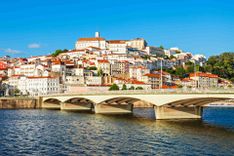
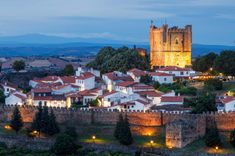

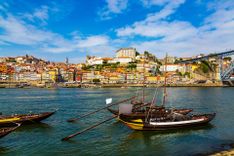










This is a region built for slow travel. Public transport is limited once you’re inside the natural park, so having your own car makes all the difference. That said, the roads are steep, winding, and often narrow, especially in the higher parts. Drive with care, and don’t count on fast journeys between villages; distances may be short, but the terrain isn’t.
You can see the main sights in a day: drive up to Torre, stop at a few viewpoints, have lunch in Manteigas, maybe squeeze in a short walk. But if that’s all you do, you’ll miss what makes Serra da Estrela special.
Give it at least two full days if you can. That gives you time for a proper hike, a visit to a mountain village like Loriga or Linhares, and space to slow down. Add a third day if you want to explore both sides of the range, Seia and Gouveia in the west, Covilhã and the Zêzere valley in the east.
If you’re planning a longer Portugal itinerary and want to include nature, Serra da Estrela is worth staying overnight. Once the day-trippers leave, the mountains quiet down. The air cools, the stars come out, and it starts to feel like you’ve got the whole place to yourself.

Serra da Estrela mountains © Shutterstock
Accommodation in Serra da Estrela ranges from mountain guesthouses to rural retreats, with most places offering sweeping views, wood-burning stoves, and stone-and-timber charm. Where you stay depends on how you want to experience the mountains.
Serra da Estrela isn’t packed with must-sees in the traditional sense. Instead, it offers space, quiet, and wild beauty. The best things to do here often involve moving slowly: walking through glacial valleys, eating mountain cheese, or watching the light shift across a ridge. Here’s what to do while you’re up here, each one worth the time it takes to do it properly.
This is one of the most striking landscapes in Portugal, carved by glaciers that once dragged across the highlands and left behind a deep U-shaped valley. The Zêzere Glacial Valley begins near Manteigas and stretches uphill toward Torre, following the course of the Zêzere River through pine forests, boulder fields, and steep granite slopes.
You can hike the full length from the valley floor or explore shorter stretches from marked trailheads near Manteigas. The path is clear and manageable for most walkers, though it climbs steadily in parts and can be exposed to wind and sun. Spring brings waterfalls and fresh green undergrowth. In autumn, the hills glow amber and the trails are quieter.
At 1993 meters, Torre is mainland Portugal’s highest point. You can drive all the way up, but it’s the journey that makes it memorable. Roads climb from both Covilhã and Seia, winding through pine forest, stone outcrops, and wide open slopes. Pull over at viewpoints like Covão do Boi or Lagoa Comprida to take in the scale of the park below.
At the summit, you’ll find a cluster of souvenir stalls, a small café, and a weather station perched beside a monument marking the elevation. On a clear day, the views stretch across central Portugal, with snow covering the ground in winter and crisp air year-round. Walk away from the crowds to find a quiet spot, and bring a jacket regardless of the season.
Loriga’s river beach is a glacier-fed pool set in one of the most dramatic valleys in the Serra. Cold, clean, and edged with stone, the water is as clear as it gets, with a backdrop of jagged cliffs and mountain slopes. There are stone platforms for sunbathing, shallow spots for children, and deep areas for a proper swim.
Facilities are basic but enough for a day out. A small summer café sells snacks and coffee, and parking is available near the entrance. This isn’t a flashy spot, but that’s the appeal. On weekdays, you might have most of it to yourself.
Arrive early in the day to catch the morning light on the water and claim a good spot. In the late afternoon, the surrounding cliffs turn golden. Bring water shoes if you have them; the riverbed can be rocky underfoot.
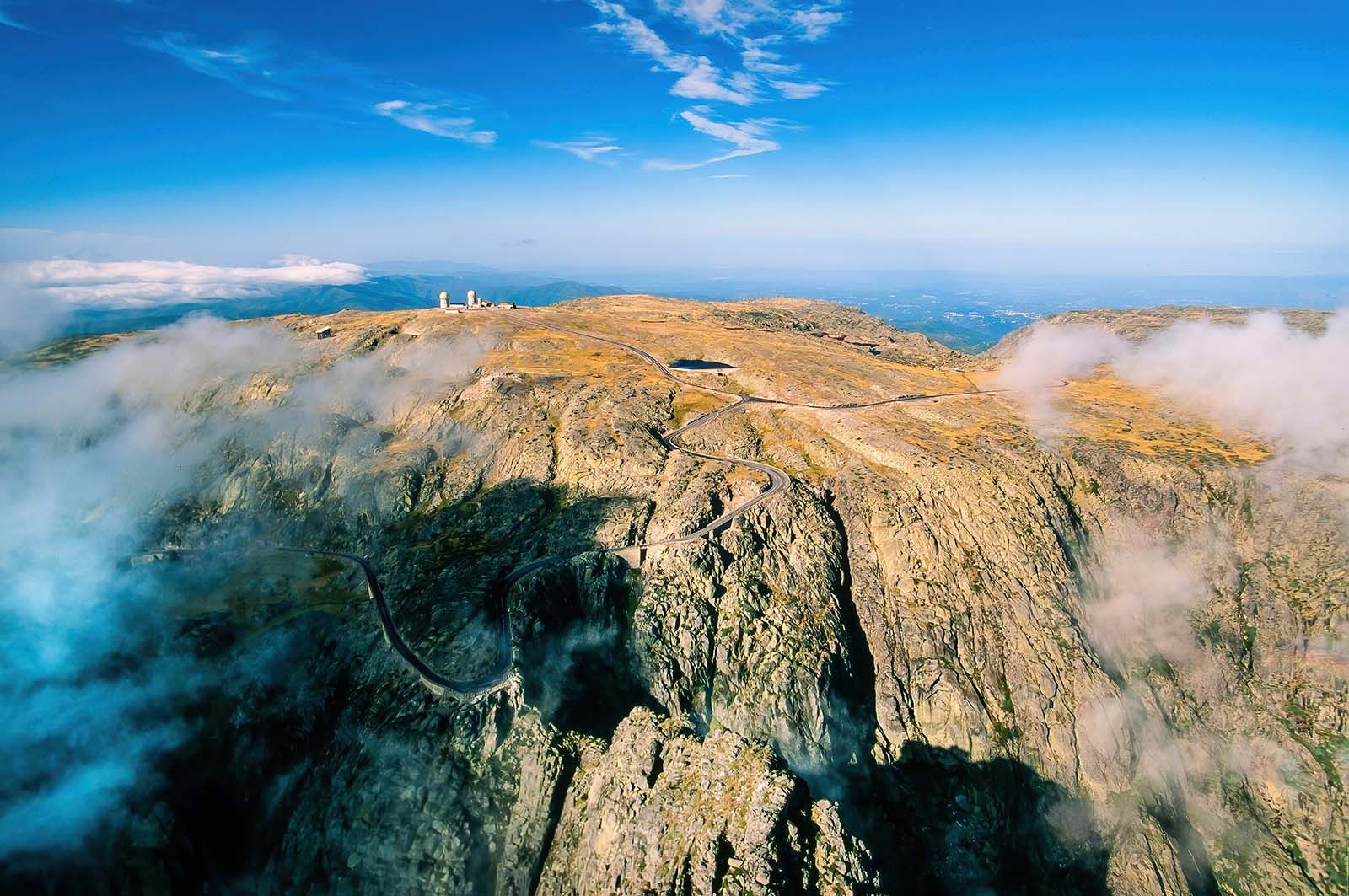
Torre mountain © Shutterstock
Linhares da Beira is a medieval granite village built on a ridge above the Mondego Valley. A quiet maze of narrow lanes, stone houses, and small squares, it feels mostly unchanged in the last few hundred years. The castle still watches over the village, its towers partly ruined but climbable, with sweeping views across the valley below.
The streets are made for wandering. Look out for Romanesque arches, old sundials, and carved dates above doors. The village is also a paragliding hotspot. If the wind’s right, you might see someone take off from the castle wall and disappear into the blue.
There’s a café on the main square and not much else, but that’s part of the appeal. If you want to see what life looked like in Portugal centuries ago, without crowds or fanfare, Linhares delivers.
No trip to Serra da Estrela is complete without trying the cheese that defines it. Queijo da Serra is rich, salty, and spoon-soft, made from raw sheep’s milk and traditionally produced in the cold months. It’s best eaten with crusty bread and local honey, and you’ll find it everywhere from mountain taverns to roadside stalls.
To go beyond just tasting, head to a working dairy or co-op. Around Seia, Manteigas, and Celorico da Beira, small farms still follow the old methods. Some offer visits if arranged in advance. You’ll see how the milk is curdled, pressed, and aged in cool stone cellars.
Even if you don’t visit a producer, tasting it up here, close to where it’s made, is different. The mountain air adds something you won’t get from the supermarket version.
This valley offers one of the most underrated walks in the region. Carved by ancient glaciers and flanked by rugged ridgelines, the trail above Loriga leads through high pastures, granite fields, and vast empty slopes. It’s quieter than the Zêzere Valley and feels more remote, even though the trail is well marked.
Start in the village and climb toward the upper valley. You’ll pass shepherd shelters, seasonal springs, and terraced fields still used for grazing. In spring, wildflowers bloom between the rocks. In autumn, the light cuts sharply and the air smells like cold stone.
It’s a half-day loop if you move steadily, or longer if you branch off to higher viewpoints. There are no cafés or services along the way, so bring water, food, and layers.
Covão d’Ametade is a quiet glacial basin tucked below the road to Torre, shaded by birch trees and threaded with the clear waters of the Zêzere River. It’s where the river begins, not with a roar but a gentle trickle through grass and moss.
The area is flat and open, with granite cliffs rising on all sides. In spring, the trees are bright green. In autumn, the leaves turn yellow and fall into the water. There are a few picnic tables, but the best spots are on the grass under the trees.
There are no shops or toilets here, so come prepared with everything you need. If you arrive early or late in the day, you’ll likely have it to yourself. The only sound is water moving downhill and wind rustling through the birch leaves. It’s a perfect stop between hikes or a slow destination in its own right.
This museum is more than just a rainy-day option. Housed in a modern building near the center of Seia, it tells the story of Portuguese bread through exhibits, tools, and stories from the rural interior. The displays are well curated, with models of mills, baking demonstrations, and rooms exploring how bread connects with religion, work, and celebration.
There’s a working bakery onsite and a café that serves regional pastries and fresh loaves. You can sit with a coffee and a slice of mountain cake while looking out over the hills.
Above the Zêzere Valley, Penhas Douradas sits among wind-shaped pines and granite towers. Once a health retreat for Lisbon’s elite, today it’s a quiet place with one of the best sunset views in the park. The viewpoint near the edge of the village overlooks layer upon layer of hills, fading into the west.
Arrive with time to spare. The light changes quickly here, and watching the final rays sweep across the valley is worth the wait. Bring a jacket, even in summer, and stay long enough to see the first stars appear.
If you’re not staying in Penhas Douradas, it’s still an easy detour from Manteigas. Just be cautious on the descent if you’re driving after dark. With no city lights, the road winds back down into total blackness.
Serra da Estrela still holds pockets of wilderness. Red deer move through the forests, foxes cross the road at dawn, and wild boar leave tracks near the riverbanks. High above, vultures and eagles glide across the ridgelines, scanning for movement far below.
The best time to spot wildlife is early morning or late evening, when the park is quiet. Head to less-travelled areas like Vale do Rossim or the slopes above Folgosinho. Stay still, watch the tree line, and listen. You’re unlikely to see wolves, but their presence is still part of the region’s story.
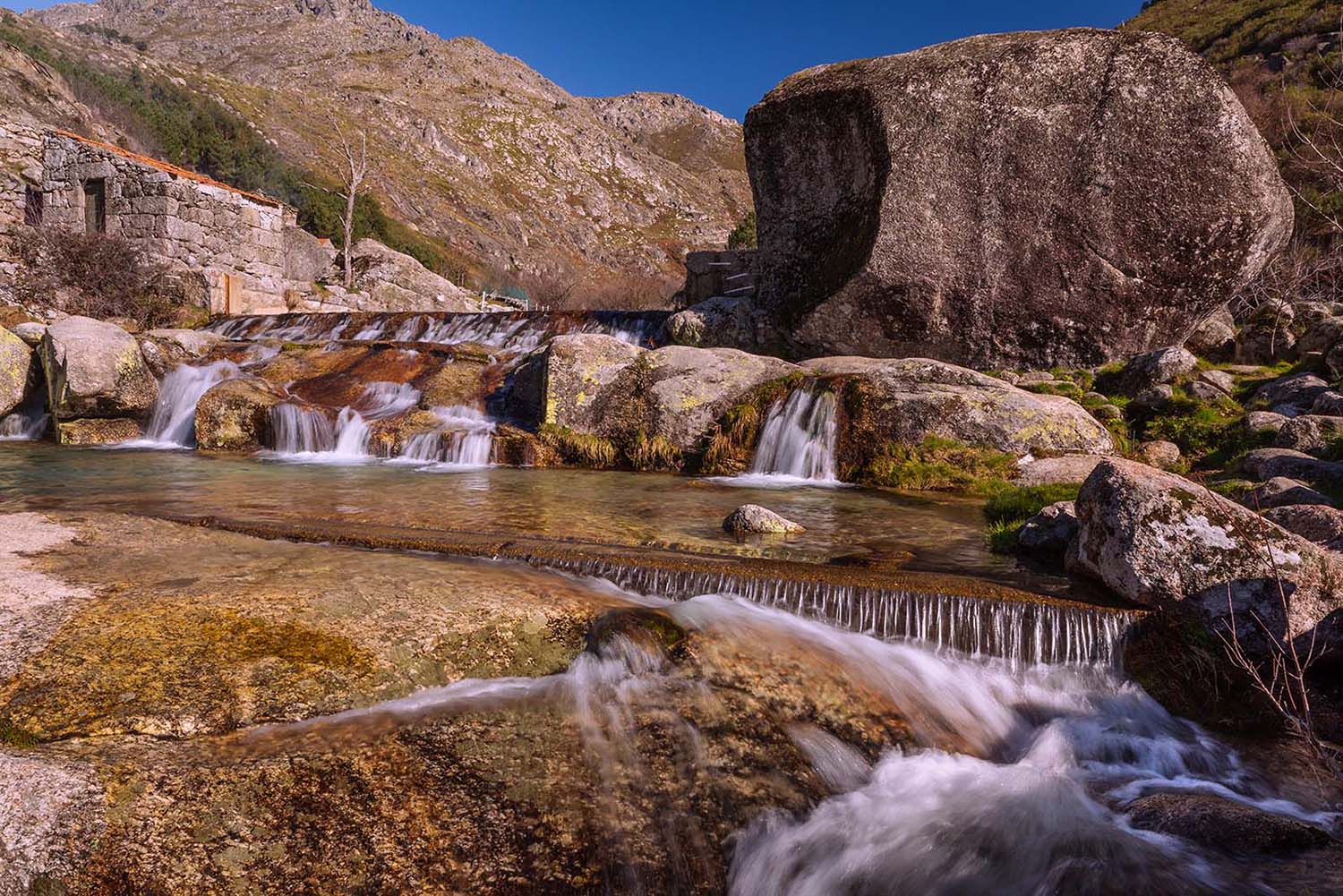
The beautiful view of the river beach of Loriga © Shutterstock
Serra da Estrela has a mountain climate that shifts sharply with the seasons. Expect colder winters, fresher summers, and much more dramatic temperature swings than anywhere on the coast. At higher elevations like Torre or Penhas Douradas, snow is common from December through March, while the valleys below stay milder. Day-to-night differences can be steep, especially in spring and autumn, so layers are key. Average temperatures range from around 37°F (3°C) in January to 77°F (25°C) in August, though peaks above Torre often sit 10°F (6°C) cooler. For up-to-date forecasts, check IPMA (Portuguese Institute for Sea and Atmosphere).
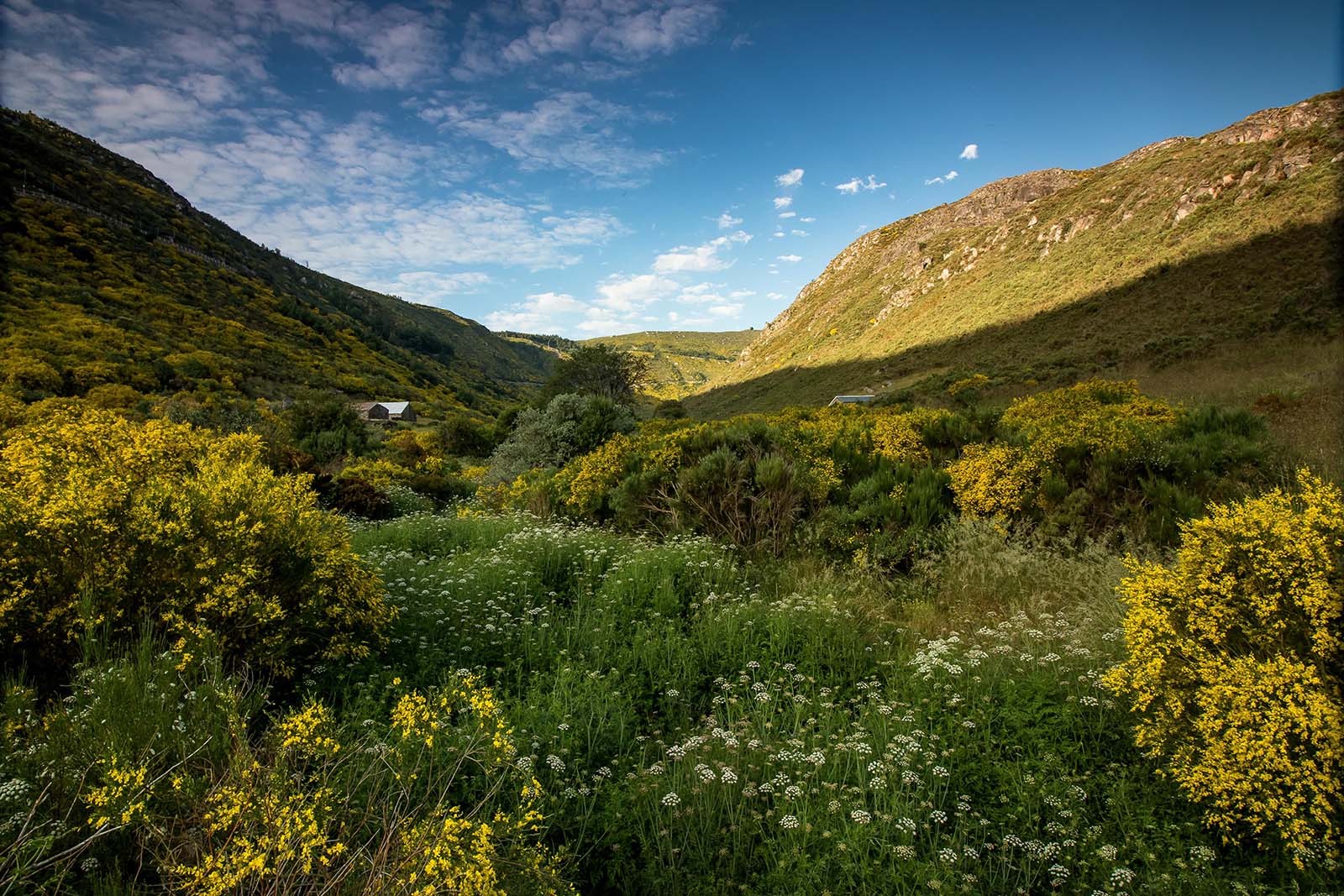
Early morning in the Glacier Valley of Zêzere (Serra da Estrela, Portugal) © Shutterstock
Eating in Serra da Estrela means rustic, mountain food built to fuel long days and cold nights. Menus focus on meat, cheese, bread, and seasonal produce. The best places are small and family-run, where recipes have been passed down and the cheese might come from the farm next door. Expect strong flavors, generous portions, and not much in the way of frills. Don’t expect late-night dining or slick service. This is simple, slow, and rooted in tradition.
Discover Serra da Estrela through guided experiences that are private, flexible, and shaped by locals who know the region inside out.
Discover Portugal's most captivating stories
Use Rough Guides' trusted partners for great rates
written by
Olga Sitnitsa
Online editor at Rough Guides, specialising in travel content. Passionate about creating compelling stories and inspiring others to explore the world.